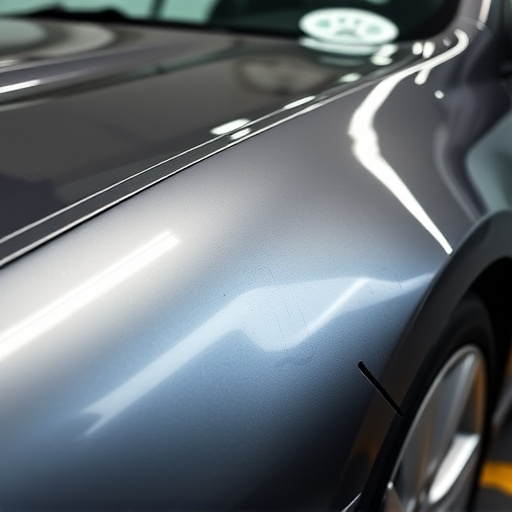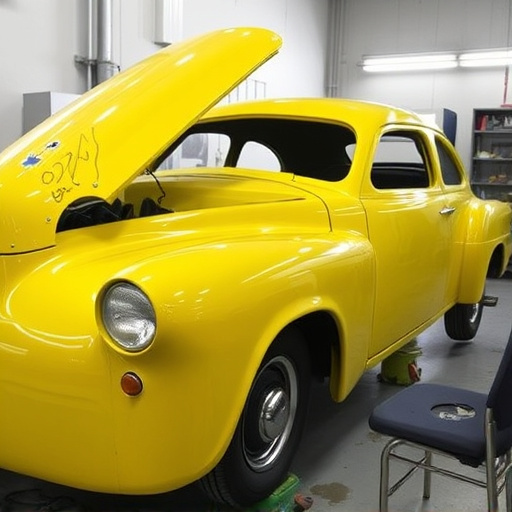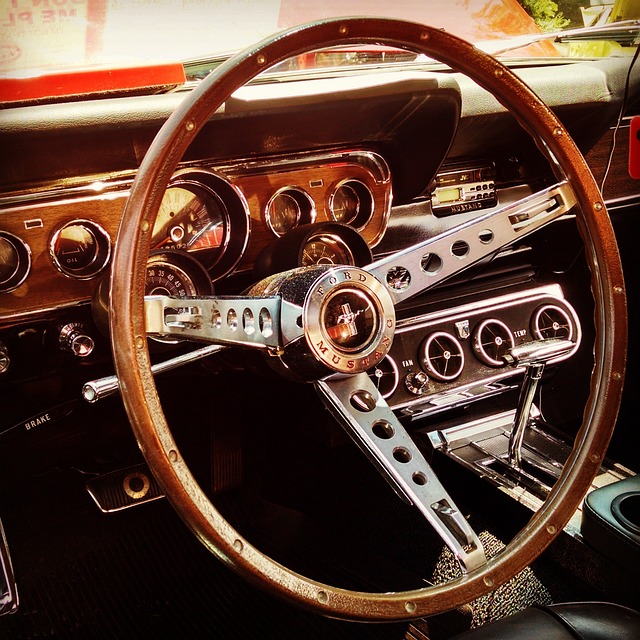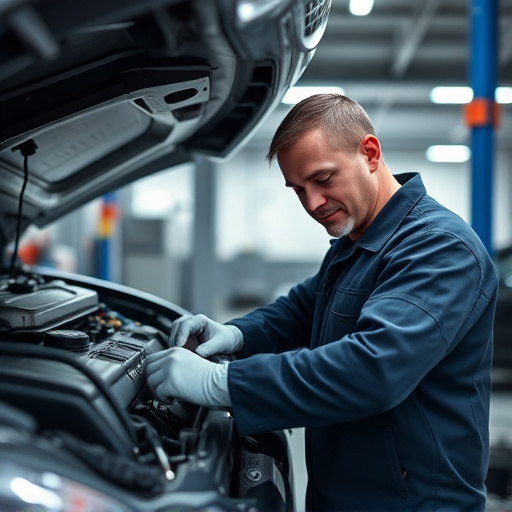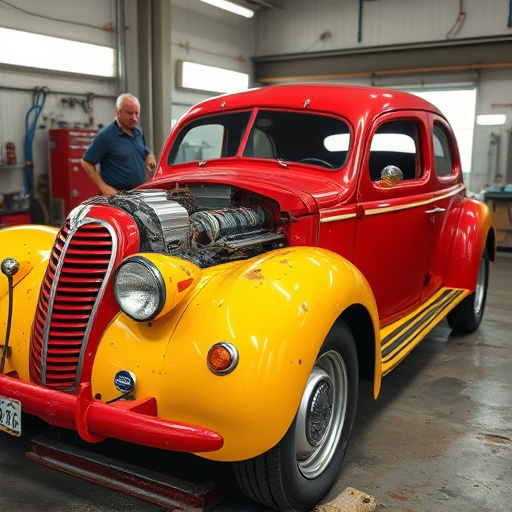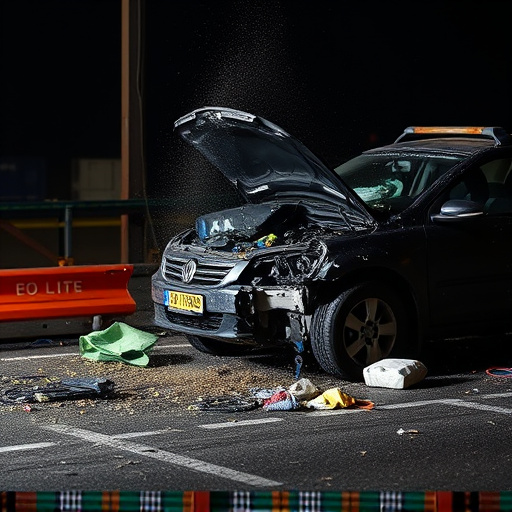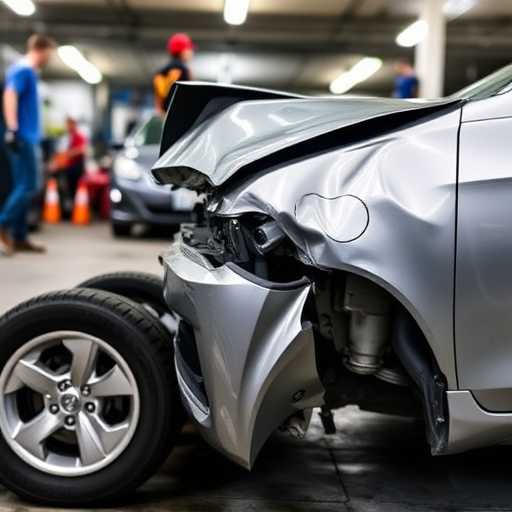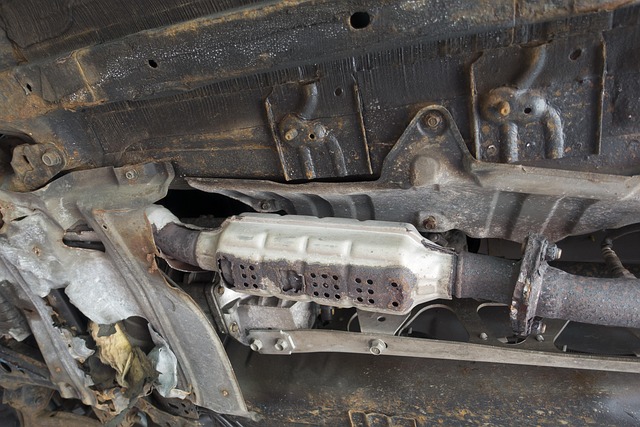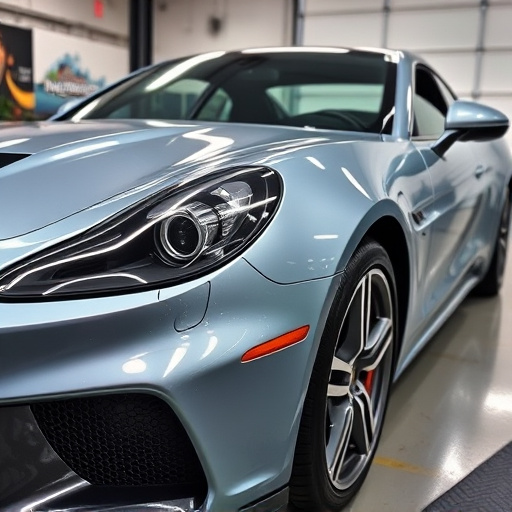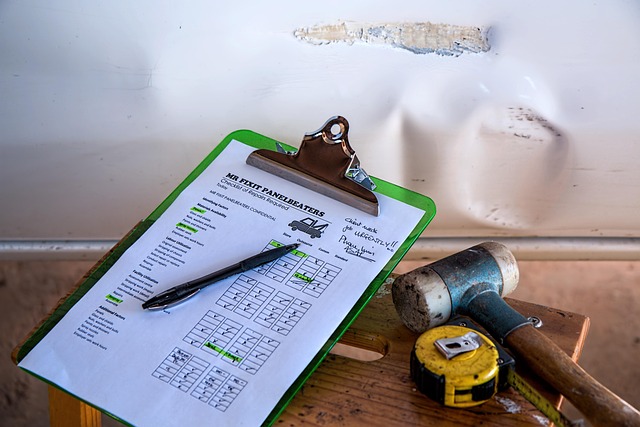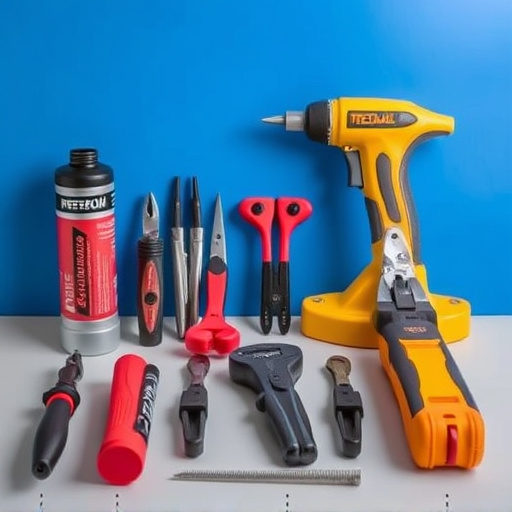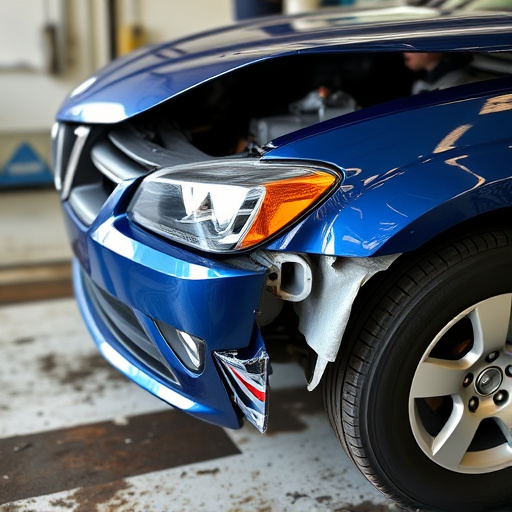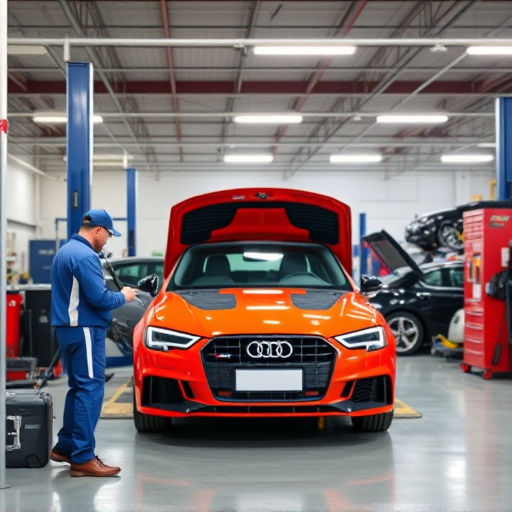Crossover vehicles require specialized repair due to their unique blend of SUV and car features. Common issues include all-wheel-drive wear and body damage from collisions, necessitating professional collision centers for quality repair. The process involves assessing, disassembling, repairing, repainting, reassembling, and test driving for safety and performance. Regular maintenance prevents long-term problems.
Looking to tackle your first crossover vehicle repair? This comprehensive guide is designed for complete beginners, breaking down complex topics into simple, understandable language. We’ll demystify crossover vehicles, exploring their unique features and common issues. Then, we’ll walk you through a step-by-step repair process, empowering you with the knowledge to maintain this modern vehicle type. Get ready to gain confidence and skills in crossover vehicle repair!
- Understanding Crossover Vehicles: Basics and Unique Features
- Common Issues and Their Causes in Crossovers
- Step-by-Step Repair Guide for Beginners
Understanding Crossover Vehicles: Basics and Unique Features
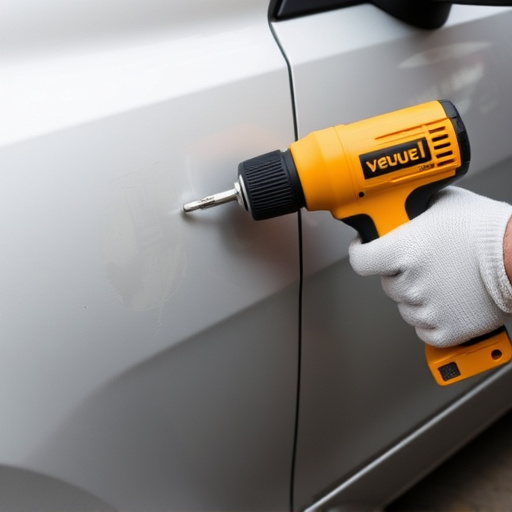
Crossover vehicles, a popular choice for many modern drivers, are a unique blend of SUV and car design elements. They offer elevated driving positions, ample interior space, and often come equipped with advanced safety features, making them versatile and appealing to families and urban dwellers alike. These vehicles’ distinct design presents both advantages and challenges when it comes to crossover vehicle repair.
Understanding the basic structure and unique features is crucial. Crossovers typically feature car-like unibody construction but with higher ground clearance and a more robust appearance, often borrowed from SUVs. This combination requires specialized skills and tools during repairs, especially in cases involving body work or painting. Many owners opt for car paint services to ensure their crossover looks as good as new after an accident or routine cosmetic touch-ups. Reputable auto collision centers are equipped to handle these repairs, offering quality luxury vehicle repair services without compromising the original aesthetic and performance of these sophisticated crossovers.
Common Issues and Their Causes in Crossovers
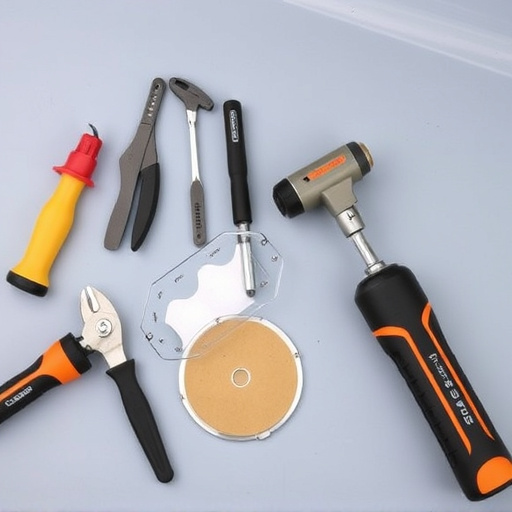
Crossover vehicles, with their unique blend of SUV capability and car-like driving dynamics, are popular for a reason. However, like any vehicle, they’re not immune to problems. Common issues in crossovers often stem from their versatile design and frequent use on varied terrains. For instance, the all-wheel-drive system can experience wear and tear over time, leading to power distribution problems or even mechanical failures.
Another area of concern is the car body restoration due to minor collisions or road debris impacts. Given their elevated driving position, crossovers are more susceptible to dents, dings, and scratches. While some owners might opt for DIY car paint repair solutions, complex damages may require professional collision repair services to ensure proper alignment, painting, and finishing. Regular maintenance, including timely fluid changes and thorough inspections, can help prevent these issues from escalating.
Step-by-Step Repair Guide for Beginners
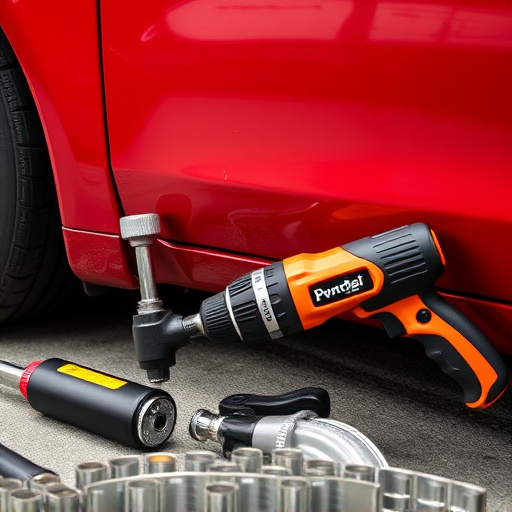
Starting with the basics, a crossover vehicle repair involves several key steps that anyone can master with patience and practice. Begin by assessing the damage: check for dents, scratches, or any structural issues. For minor dents and scratches, dent removal techniques using specialized tools can restore the car’s appearance. This is often done in an automotive body shop where professionals use state-of-the-art equipment to ensure precise results.
Next, if there are more significant damages, disassembly of certain components may be required for safer and more effective repairs. This could involve removing panels, doors, or even the hood. Once separated, inspect each part individually, identifying the extent of corrosion, cracks, or other defects. For instance, auto painting might be needed to repaint areas with significant damage. After repairing or replacing damaged parts, reassemble everything in reverse order, ensuring all components are securely fastened. Lastly, always test drive the vehicle after repairs to verify its safety and performance.
Crossover vehicle repair can seem daunting, but with a solid understanding of these versatile vehicles and a step-by-step approach, beginners can tackle common issues confidently. By familiarizing yourself with the unique features and potential problems specific to crossovers, you’ll be well-equipped to maintain and repair your vehicle effectively. Remember, proper maintenance and timely repairs are key to keeping your crossover in top shape for years to come, ensuring a smooth and enjoyable driving experience.


